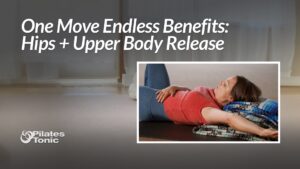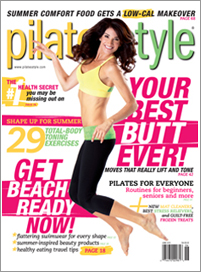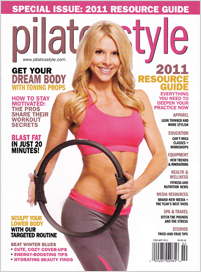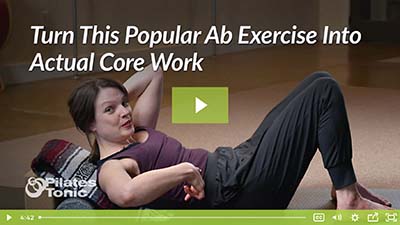Squatting multiple times daily is one of the best ways to maintain knee, ankle, hip and pelvic floor health while also keeping arthritis at bay.
But in our Western culture, squatting is an ability many of us have lost because we've stopped going all the way to the ground and instead stop our range of motion at the height of the chair in which we're sitting.
Your body adapts to the position you spend the most time in and, for many of us, that means we have perfectly adapted to sitting in chairs. This means we rarely experience our body's full range of motion. And when it comes to your body, the old saying, “use it or lose it” applies.
If most of your time is spent sitting in chairs, squatting (or floor sitting) may feel difficult if not impossible.
Inviting the squat position back into your daily routine is vital, but if it’s a position you haven’t visited in a while, it’s not something you want to force.
Today’s exercise is a safe and gentle way to begin inviting this archetypal posture back into your body.
Check out today's video and give the exercise a try. I'd love to hear how it goes in the comments below.
See you in the studio!
Sydney









6 Responses
How about a Pinterest option for your videos?
Hi Gwyn,
Wistia does not currently offer us a share button, but we’re looking at ways we can make it easier for you. You can currently copy the URL and pin it and then select the image for the post and it will let people see a lovely featured image they can click through to the video and see.
Hope that helps and thanks so much for your comment!
Hi Sydney,
Thank you for making available your educational videos which are very helpful in understanding how to improve mobility of various body parts.
I just watched the video on squatting. I noticed that while the neutral lumbar positioning was emphasized in squatting, your model was protruding the head forward, and rounding the upper back. Shouldn’t this be done with the neutral alignment from the head to the pelvis? Thank you, Anna
Hi Anna, Ideally, yes. But for a lot of people correcting everything at once is too much in the beginning, so I often choose one focus and build from there. I know it may appear as though Matthew is rounding his upper back in this video, but his ribs are actually in alignment with his pelvis and he’s not rounding. Thanks for your question!
Sydney,
Lovely Squatting Excercise. I have two clients with Meniscus issues. One has had a meniscectomy and one has a small tear. They both have limited range of motion. Is it possible to increase range of motion in these clients with this exercise. Thank You for all your help and instruction!
Hi Shelah, If they’ve been cleared by their doctor to come and see you, this is a very safe exercise for building range of motion. Encourage them to move slowly into the movement and stay above any pain. In the beginning might be helpful to put a yoga blanket behind their knees, under their knees or both. Hope this helps! I’d love to hear how it goes.